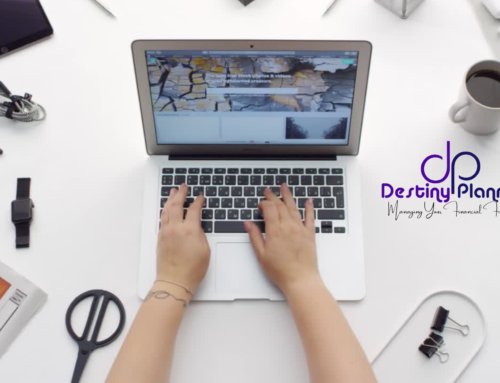This week… fundamentals of colour (you might want to download a colour wheel).
Colour fundamentals: Trends change, but colour fundamentals stay the same. No matter what look you want to achieve, look to these classic colour relationships for ideas.
- Monochromatic: A monochromatic colour scheme uses colour variations that come from the same base hue. You can use three techniques to change a hue. Adding white creates a tint, while adding black creates a shade. Blending different variations of gray with a hue creates a tone. Monochromatic schemes often use a lot of negative space to balance the subtle colour shifts.
- Primary: Red, yellow, and blue are the basis of all colours. Try breaking up these bright saturated hues with white or limiting one colour to a small area. You can also ditch the full trio and scale down to two colours.
- Secondary and tertiary: Secondary colours are the product of blending primary colours. Tertiary colours are the result of mixing a primary colour with an adjacent secondary colour. For example, red and orange create red-orange, while yellow and orange create yellow-orange. Much like primary colours, secondary and tertiary colours are evenly distributed around the colour wheel. As a result, they offer visual balance.
- Complementary: Ever wonder why red and green make the perfect Christmas colours? They’re complementary. Complements are directly opposite each other on the colour wheel. For instance, blue and orange are complements, and so are yellow and purple. Complements all pair a warm and cool colour, satisfying our natural desire for contrast.
- Analogous: Looking for less contrast? An analogous scheme combines a colour with the two (or four) adjacents hues. Let’s say you started with yellow-green. The two adjacent colours are yellow and green. Analogous colour schemes are a popular choice for gradient logos.
Changing the tone of a colour can help you tailor a palette to fit your brand. Want to be bold? Use more contrast. Prefer a more conservative look? Use fewer colours or lower their intensity.
Logo style: Let the style of your logo dictate how much or how little colour you use. A single colour can have a big impact in a minimal logo, while mascots and shields are often detailed.
Focus on maintaining the readability of the design. Not many people want to try to decipher a hand-drawn font written in blinding yellow.
Be thoughtful about how you break up colour. Some logos prove that you can put multiple colours side by side. However, they work better when evenly distributed and contained in clear sections. Otherwise, use tones, tints, and shades to temper parts of a design. Colour variations are endless. It’s up to you to develop a colour scheme that sends a compelling message about your brand.
Next week…what different colours mean…
Be sure to join our Facebook, Instagram, Tiktok and our Website for more valuable information. Ask about our Business Startup Kit, Retainer Package, Year End Retainer Package , Business Bank Account or learn how manage your finance with our Prerecorded and Live Courses. Book a FREE 15 mins CONSULTATION on Fridays from 1pm to 3 pm.
“A wealthy person is simply someone who has learned how to make money when they’re not working.” – Robert Kiyosaki








